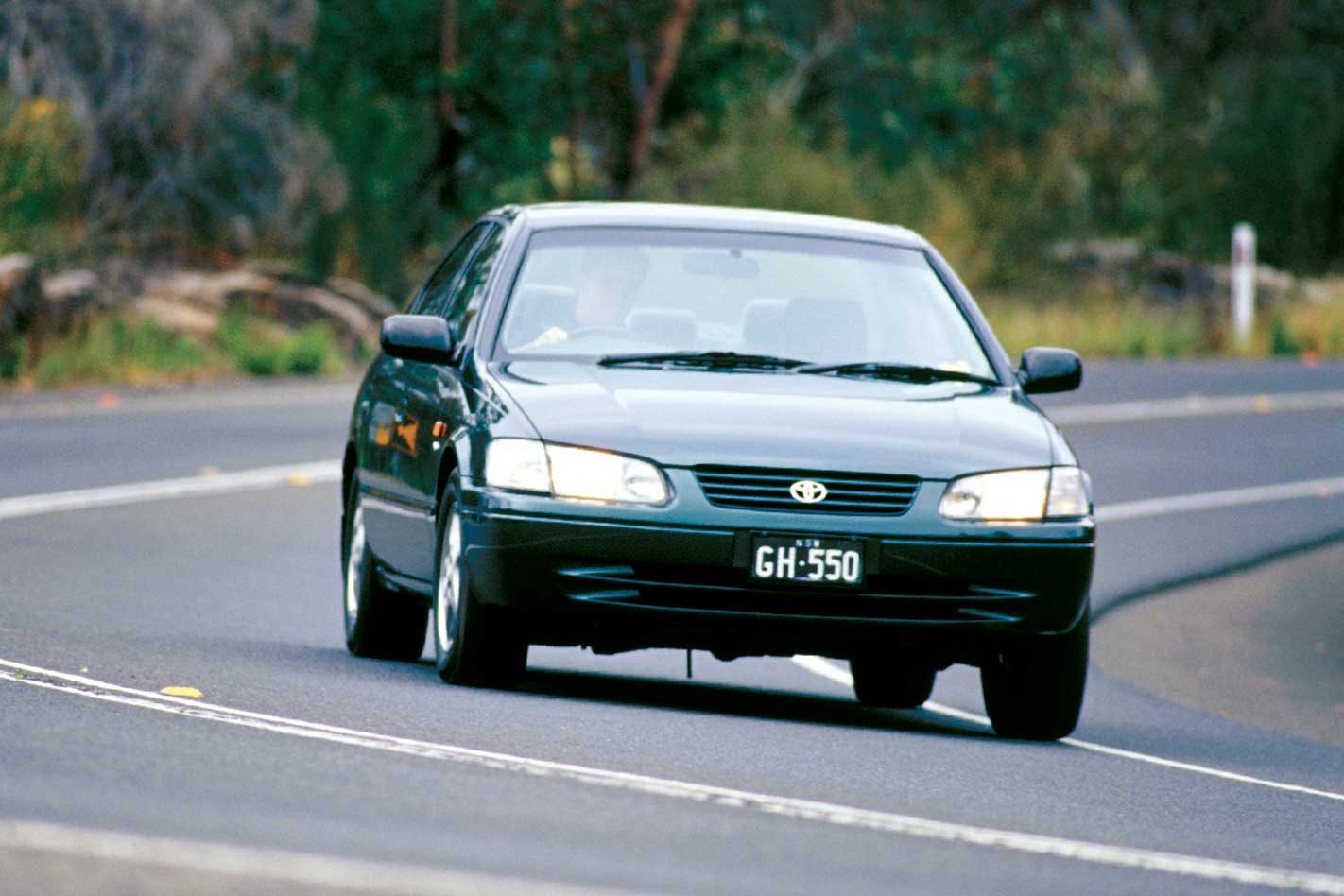According to some research I just saw (and no, I didn’t make it up), when it comes to buying a used car, 55.8 percent of Australians go looking for a Toyota.
This feature was originally published in MOTOR’s January 2004 issue
Disturbing though this may be, it does help explain why we must suffer a conservative government, why motorcycles are still considered anti-social and why our televisions are full of lifestyle shows explaining how to artificially inseminate a budgie while whipping up a cracking cheesecake. At home.
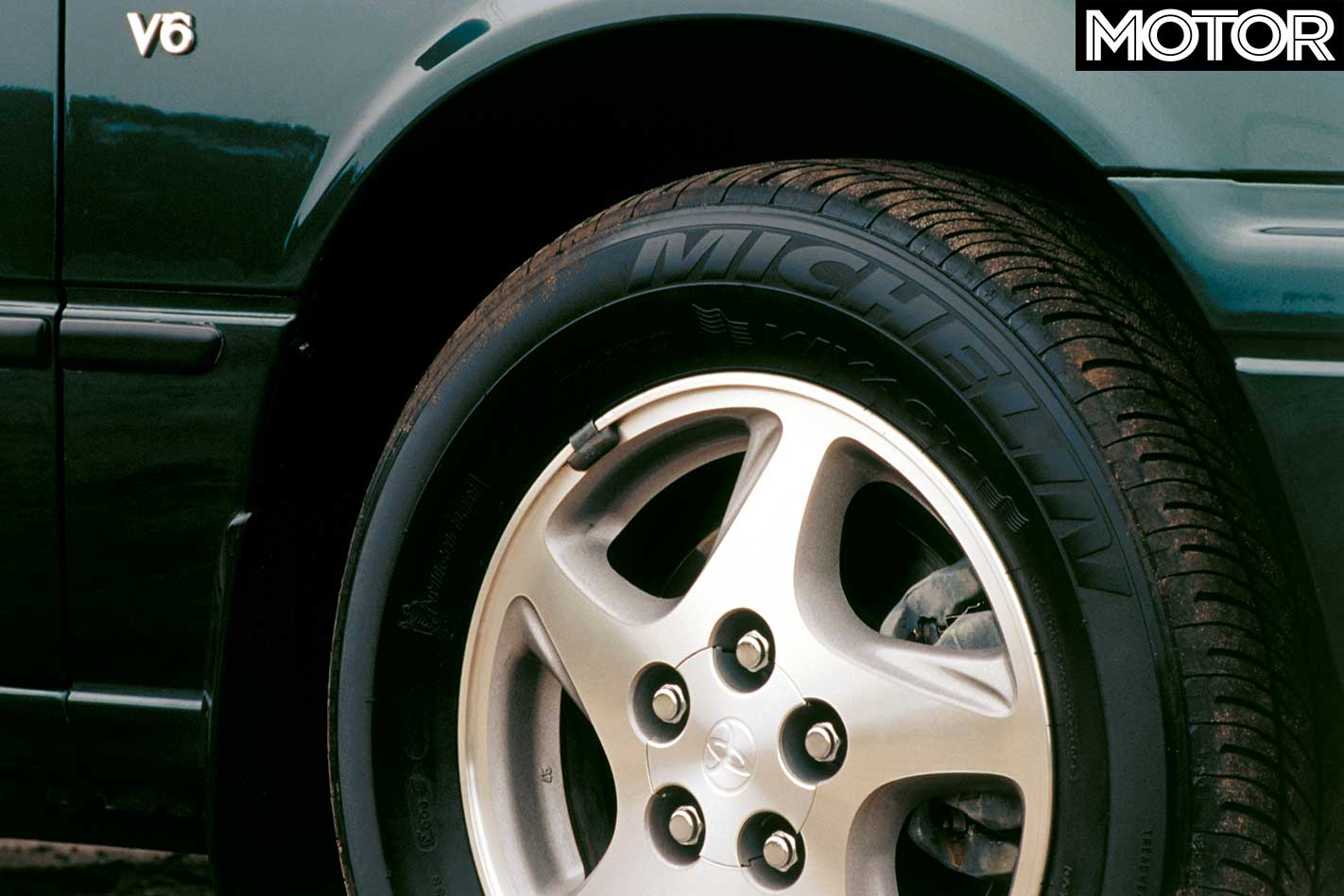
When it comes to shelling out on a used car, most people understand that the purchase of a Toyota is the safest path to not getting burnt. Yes, a used Lamborghini will be more fun, but 12 litres of full synthetic oil (don’t forget the filter) every 5000 klicks is just too confronting for a lot of folks.
The tragedy is that in the case of a lot of secondhand Toyotas, you’re buying some of the most conservative, uninspiring engineering ever foisted upon an unsuspecting general public. But there is the odd angry Toyota – the sort of equipment that has something to offer the keener driver.
Over the years, we’ve seen the rare (well, one, actually) good Celica, the locally developed Corolla Twin-Cam of the mid-1980s and the Supra Turbo, which was fast but a bit boofy for some. But would you believe there’s also a Camry that makes the cut?
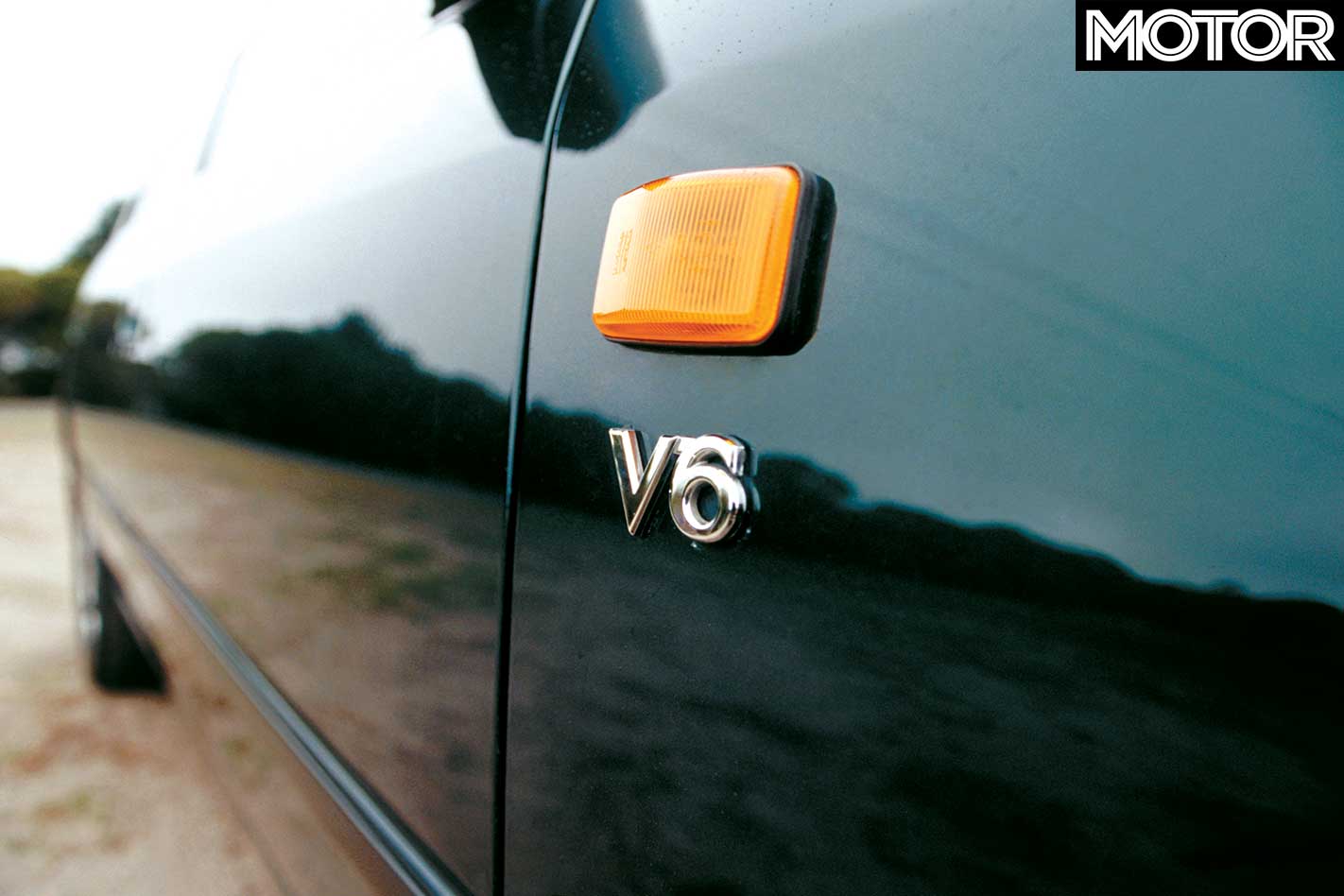
No? Us either at first, but if you look beyond the blancmange styling and actually drive a Camry V6, you might even end up agreeing with us.
Now, we’ll admit that the idea of an enthusiast’s Camry is about as likely as smoked cod ice cream, and in the case of the first Camry to bear a V6 engine in this country, fish-flavoured ice confectionery would have sold better.
The first Camry V6 used the first locally made bodyshell fitted with a 2.5-litre V6. On paper it looked terrific: quad cams, 24 valves (and remember that a V6 was still a bit exotic back in the ’80s; the VN Commodore fixed all that) but in reality it was a serious pile of shit.
The double overhead camshafts used Toyota’s old favourite of driving one cam from the belt and the second one off the first, via a pair of scissor gears. It allegedly made 117kW and 215Nm, but the torque figure, in particular, has to be questioned.
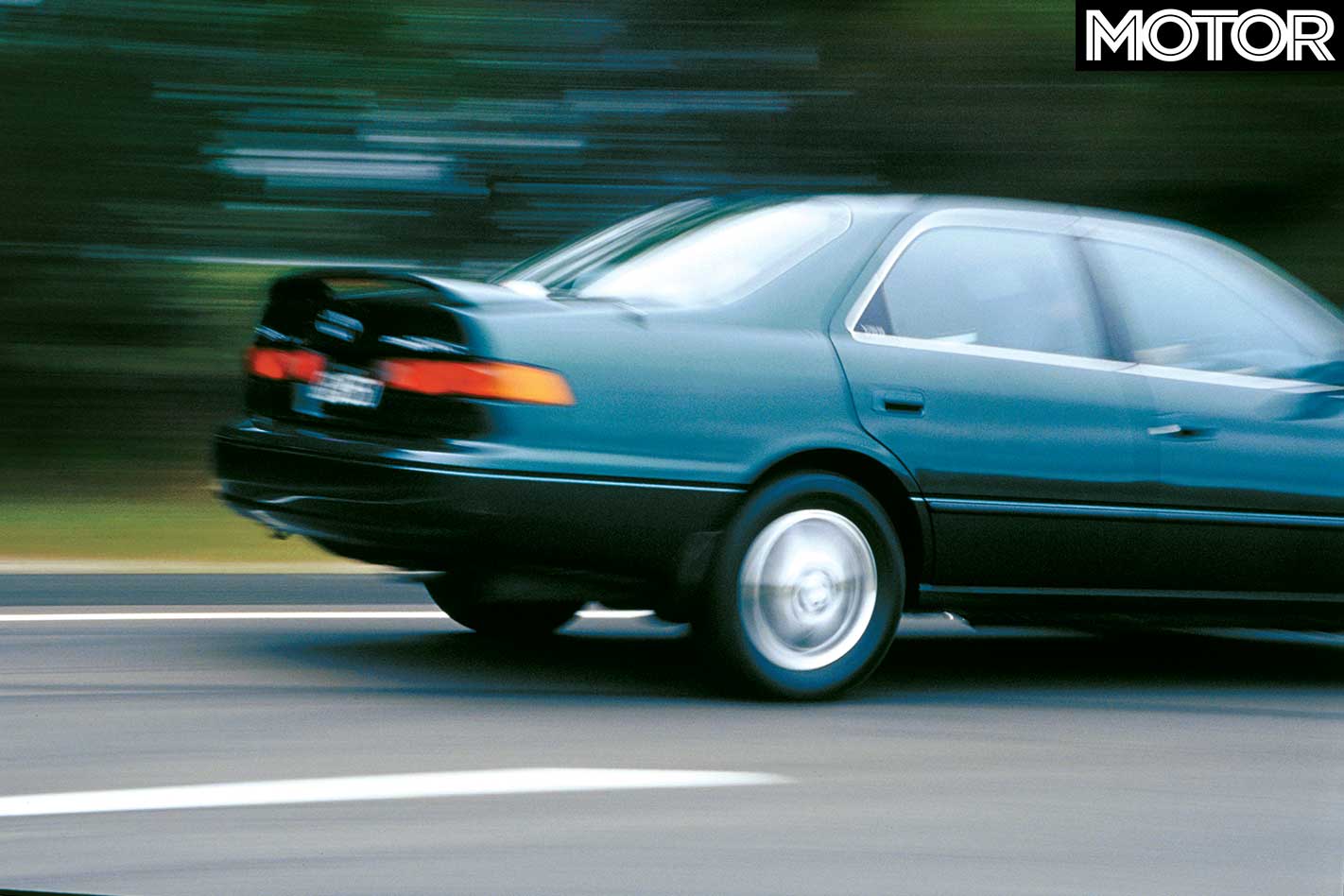
Unless you revved the absolute ring out of the thing, the little V6 wasn’t actually any quicker than the standard, much cheaper four-cylinder Camry that Toyota was flogging hand over fist to lunkheads in Hawaiian shirts.
But it got worse. Thanks to a range of engineering considerations (and the realisation that a V6 did not a sports car make), Toyota only ever equipped the thing with a four-speed auto, complete with a too-tall fourth gear. Seriously, the thing couldn’t get out of its own way and was a frustrating drive even when you weren’t in a hurry.
It didn’t even sound horny and a higher level of refinement and smoothness over the four-banger was its only real scoring punch. Irrelevant, pointless, loathsome. You don’t want one. The V6 Camrys of any real interest started to happen when the second-generation locally made car arrived in a form that Toyota imaginatively called the wide-body Camry.
Obviously, attempting to steal a little family car market share from the likes of Ford and Holden was going to require something more impressive than a 2.2-litre four, so the new car was engineered to accept a 3.0-litre version of Toyota’s generic DOHC V6.
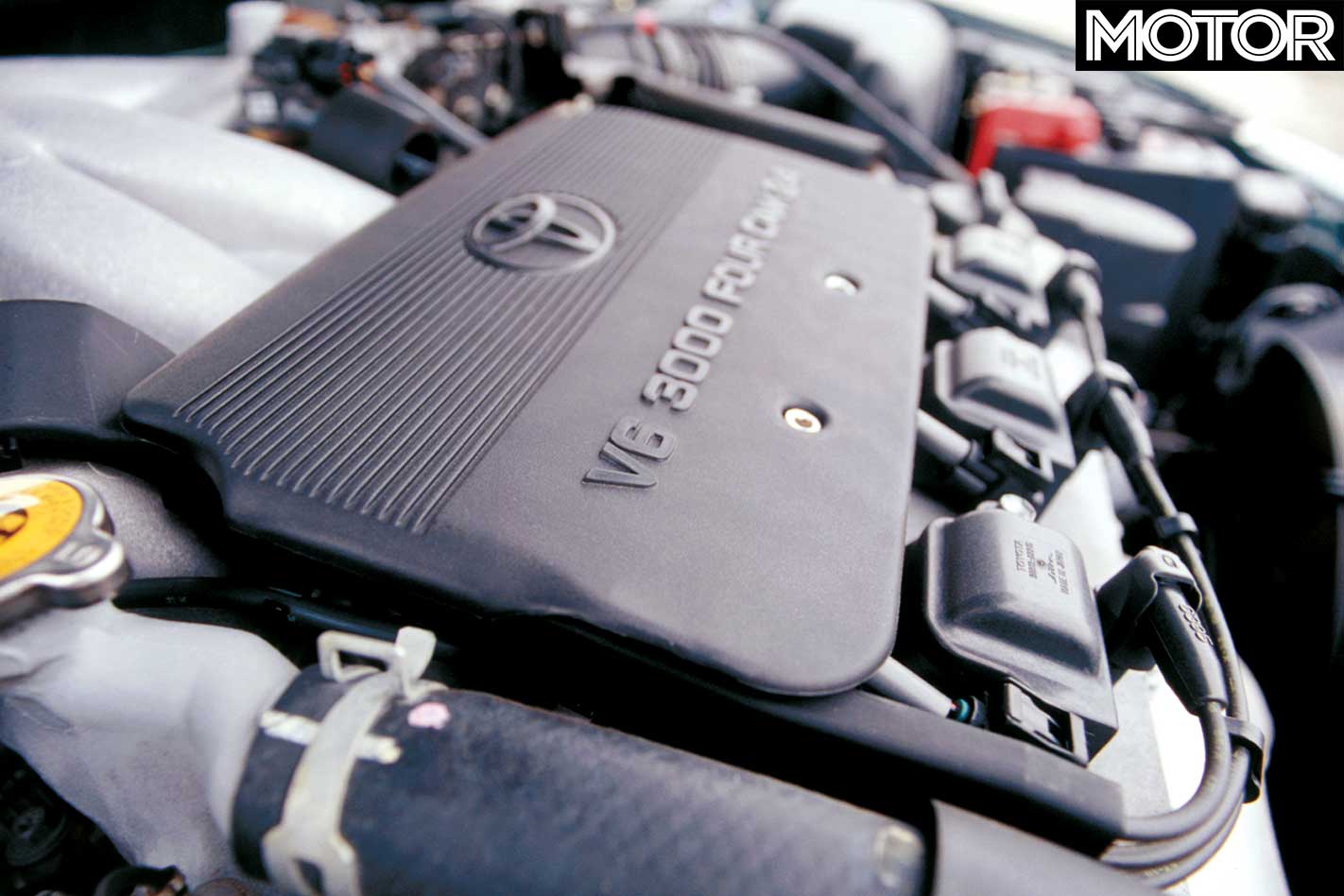
And all of a sudden it was on to something. Now, don’t get us wrong: with its Camry suspension, Camry styling and Camry interior, the wide-body job was still fairly unlikely to get the wrinkles out. Ignore all that and just enjoy the driveline; there was definitely something in it.
The V6’s big claim to fame was a better than average dose of mid-range torque that made most other V6s of similar capacity seem pretty lame. While your average Japanese V6 needed to be wrung out to start making proper power, the Camry’s Vee got cracking much earlier and combined the V6’s traditional ripping top end with some sterling urge around the 2500-4000rpm range.
It was reasonably smooth, made a half-decent noise and, in the bigger, heavier body, made the four-cylinder version seem like an even bigger sook.
The V6’s torque made it a better bet as an auto than it might have been, but it’s even better again as a five-speed manual. The shift itself is typically Toyota notchy and a bit clunky, but the ratios are okay and if you’re even half handy with a clutch pedal, it’s the way to go.
The next model was the even more visually forgettable SXV20 bodyshell, which Toyota attempted to spice up with names like ‘Touring’ (no kidding), although at least the ‘Vienta’ (Toyota’s name for the V6 version in the previous model) nonsense was a thing of the past.
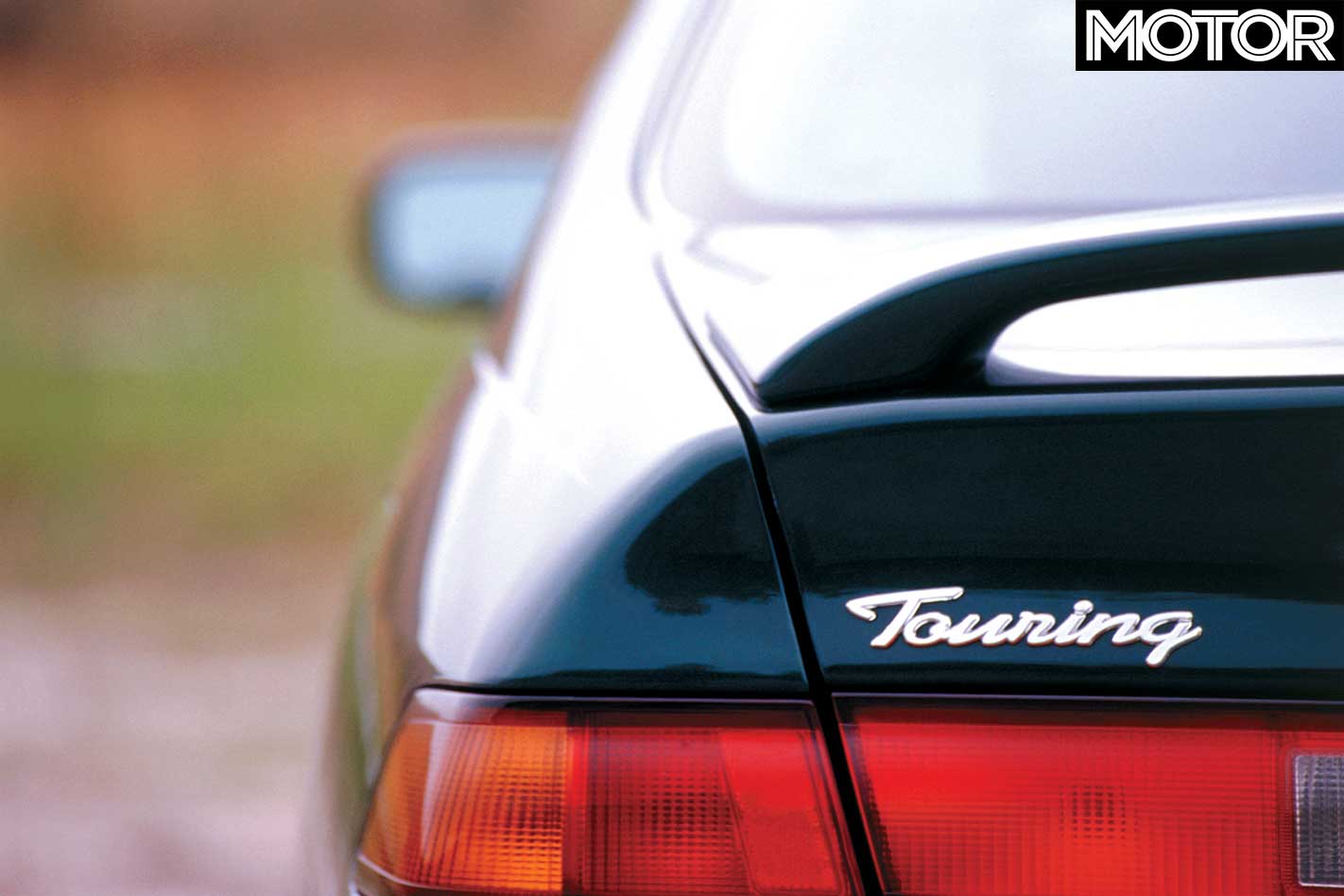
But believe it or not, the Touring was one of the best Camry packages around, with a decent spec list and the V6 and optional five-speeder still in there punching. This time around you’re talking 141kW and 279Nm (slightly up from the first wide-body version).
These really are the plum buys right now because the all-new, much swoopier (but still boring) current-model Camry has taken the heat out of resale values of the superseded model. They’ve generally covered fewer kays, too, and while a lot of them were used by rent-a-racer mobs and fleets as general go-getter hacks, a good many of them were bought by old duffers in Kmart slippers who kept them chained to a cement block in a garage, under a dust cover.
The handling is okay if you don’t mind a bit of torque steer under full welly, and there’s some pretty annoying steering kickback if you apply the clog halfway through a bumpy or rippled corner
The ride is okay and the overall handling is pretty neutral, bearing in mind that it’ll eventually degenerate into that Bridgestone-howling, tread-scrubbing, apex-missing understeer that all good, idiot-proof cars ultimately possess.
Nope, you’re much better to leave the corners to the kiddies in their WRXs and instead make the most of the meaty torque and could’ve-been-a-fluke gear ratios.
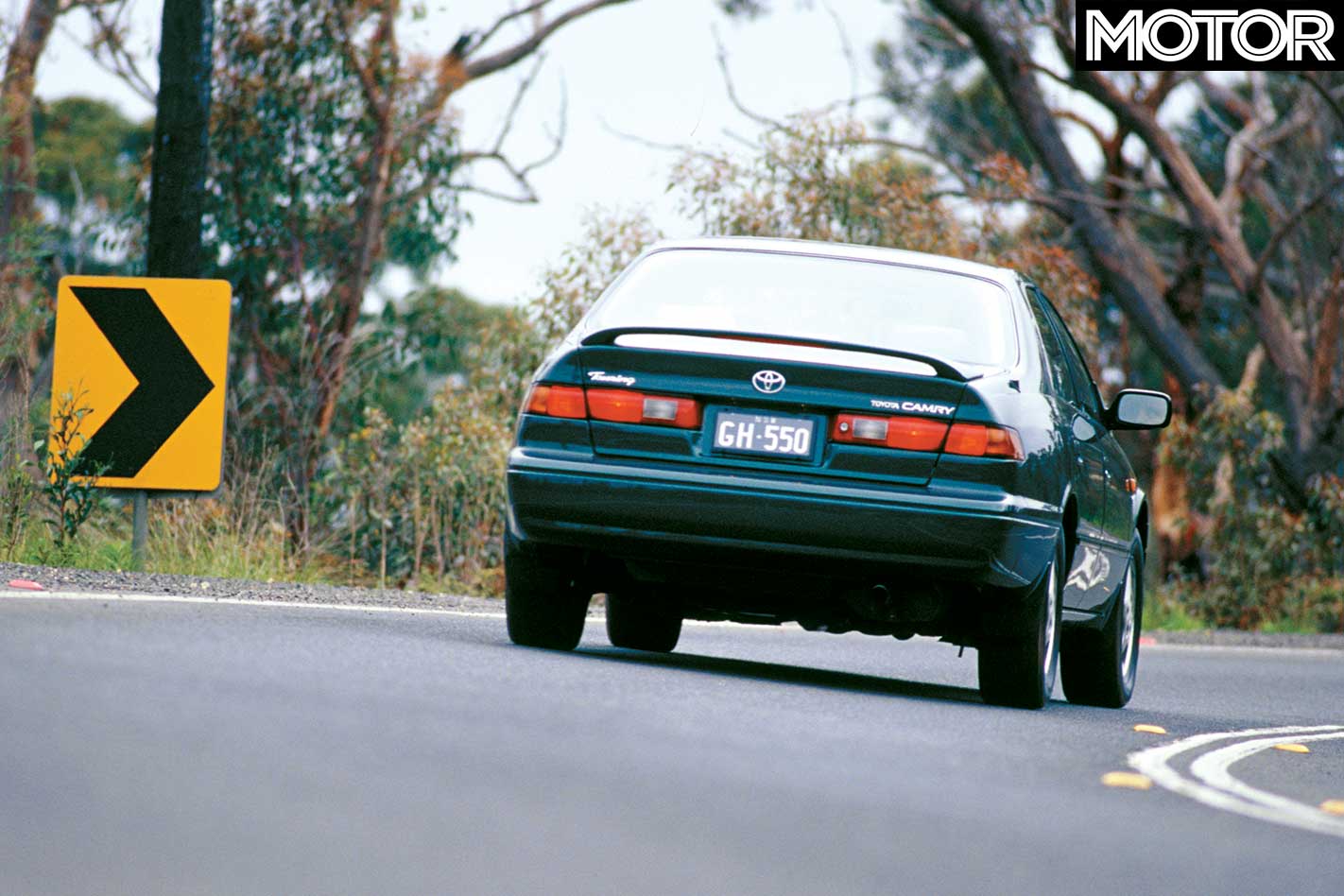
The interior will leave you colder than a mother-in-law’s kiss and the rear seat is a bit thin on legroom, although it’s fine for smaller kids.
There was also a wagon version which, in its original wide-body form, was about as ugly as metal, plastic and glass could ever be. The D-pillar was all wrong (it looked like it sloped the wrong way) and the twin rear wipers were just too comical for words.
Thankfully, the next generation was better, although it’s better because it’s blander. If anything, it’s even more anonymous than the sedan.
A Touring sedan from, say, 1999, will get you twin front airbags, ABS brakes, air-con, alloy wheels, cruise, a full power pack and even a leather-clad steering wheel. That model also got slightly firmer suspension, which is why it’s the pick of the lot.
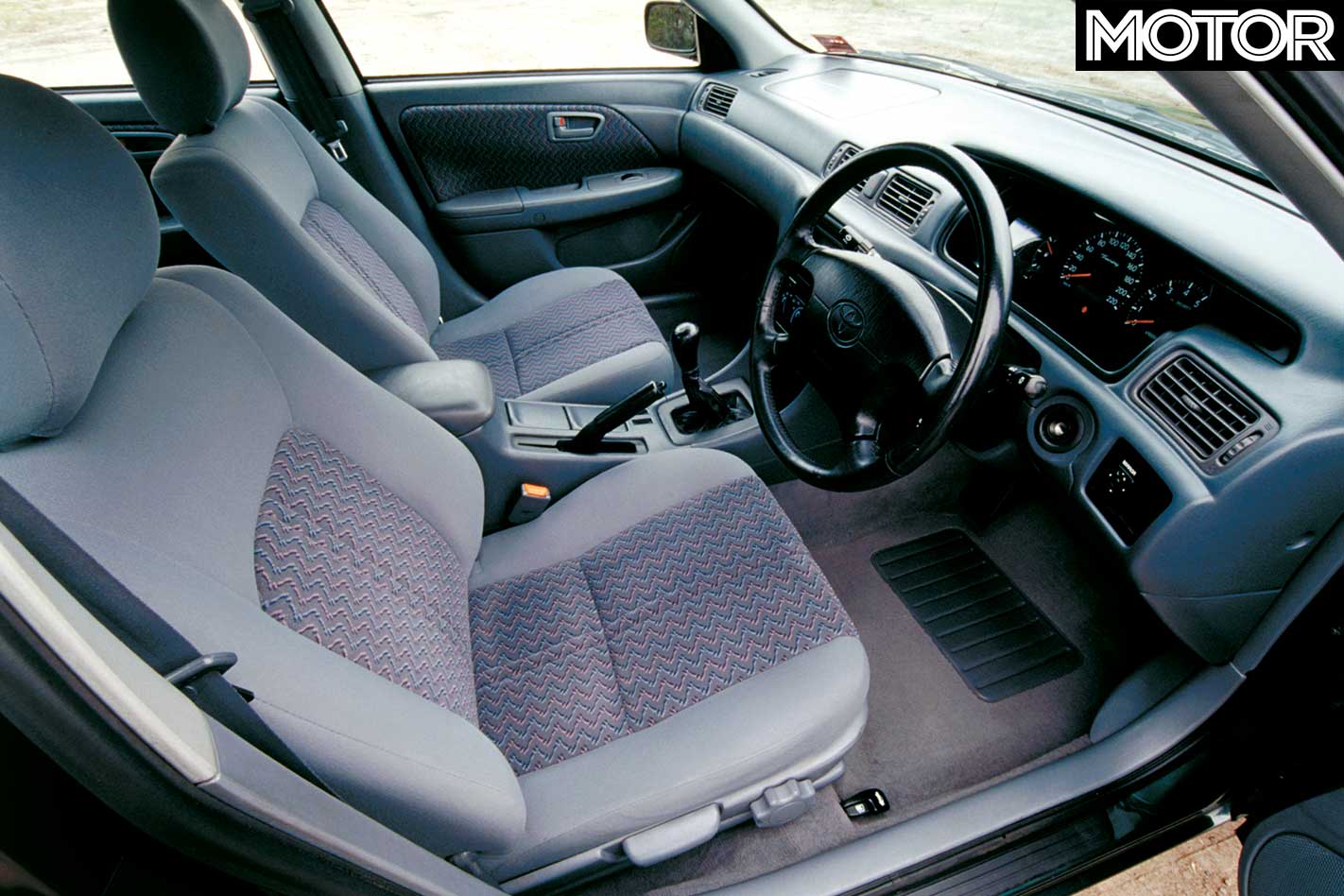
In general V6 Camrys are well built, utterly reliable (we couldn’t find anyone with a bad thing to say) easy to service and maintain and good value. Assuming (and it’s a big assumption, of course) that you can be bothered in the first place. Your call.
They said it
“The engine is a gem, easily the best point of the car. Unfortunately it’s a company car with an engine that deserves to be in something better.” – Cameron McConville, October 2001
“It feels like a typical front-wheel-drive car – it does get lift-off oversteer when you get off the accelerator and turn into the corner and it starts to steer from the back. The brakes are good but the gearshift has a long throw and is a bit notchy.” – Cameron McConville, September 1999
FAST FACTS 1999 Toyota Camry V6
BODY: 4-door sedan DRIVE: front-wheel ENGINE: 3.0-litre V6, DOHC 24-valve POWER: 141kW @ 5200rpm TORQUE: 279Nm @ 4400rpm COMPRESSION: 10.5:1 BORE/STROKE: 87.5mm x 83.0mm WEIGHT: 1460kg POWER-TO-WEIGHT: 97kW/tonne TRANSMISSION: five-speed manual SUSPENSION: MacPherson struts, coil springs, anti-roll bar (f); struts, coil springs, anti-roll bar (r) L/W/h: 4755/1785/1420mm WHEELBASE: 2720mm TRACK: 1535mm (f), 1510mm (r) BRAKES: ventilated discs, twin-piston calipers (f); solid discs, single-piston calipers (r), ABS WHEELS: 15 x 6.0-inch (f & r), alloy TYRES: Bridgestone RE92, 205/65 R16 (f & r) FUEL: 70 litres, ULP PRICE: $34,930 (in 1999)

